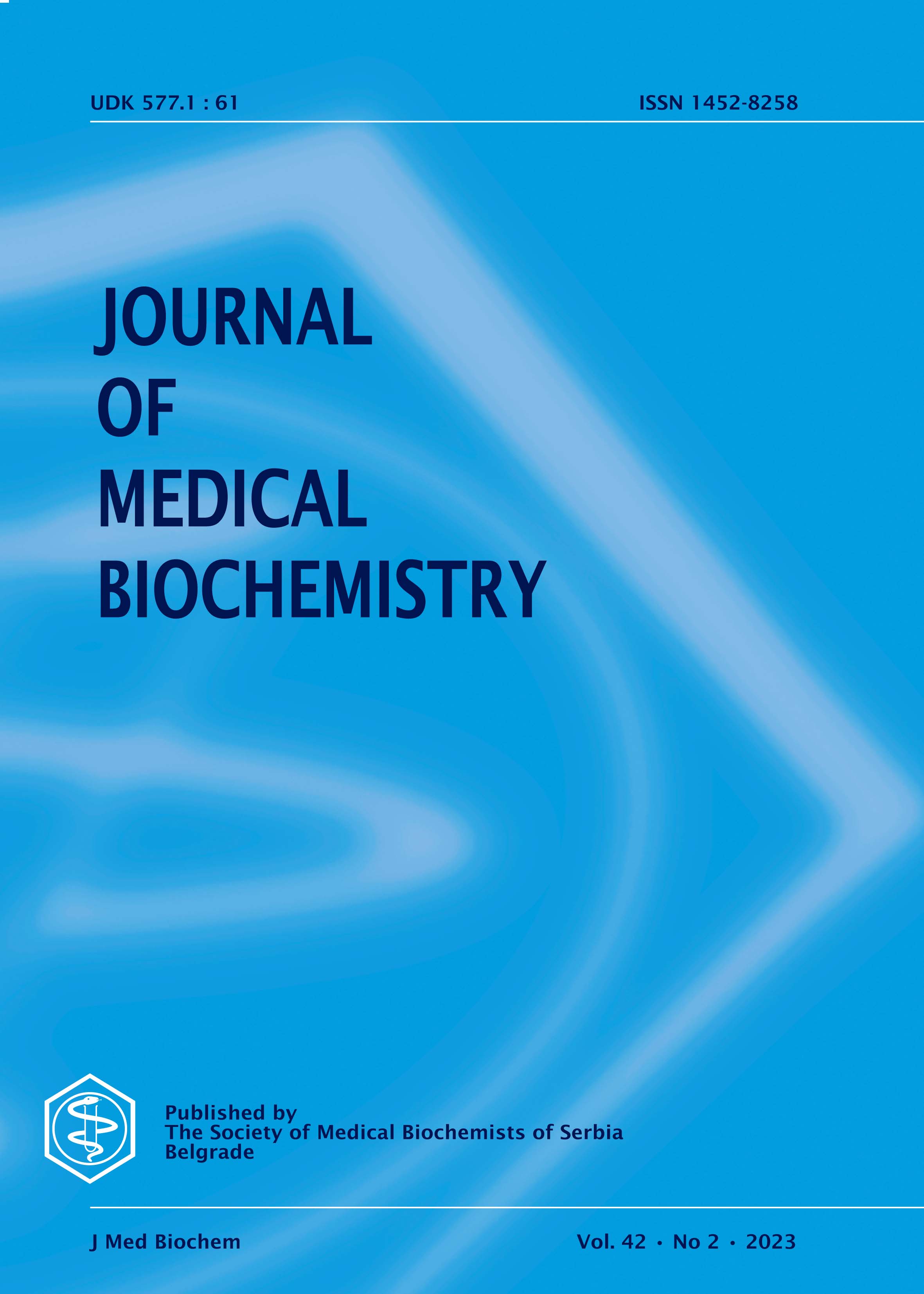Reference intervals for thyroid hormones for the elderly population and their influence on the diagnosis of subclinical hypothyroidism
Abstract
Purpose: To establish reference intervals (RIs) for thyroid hormones in the elderly population and analyze their influence on the prevalence of subclinical hypothyroidism.
Patients and methods: Thyroid hormone records of subjects who underwent physical examination at our hospital between 2018 and 2020 were analyzed. Thyroid stimulating hormone (TSH), total triiodothyronine, total thyroxine, free triiodothyronine (FT3), and free thyroxine (FT4) levels were compared between young and elderly subjects. Thresholds of these thyroid hormones were established for elderly subjects.
Results: A total of 24,209 subjects were included. Of them, 2,565 (10.6%) were aged ≥ 65 years. Elderly subjects had higher TSH, and lower FT3 and FT4 levels when compared with young subjects. In the elderly group, the RIs for TSH, FT3 and FT4 were 0.55–6.12 uIU/mL, 2.36–3.59 pg/mL, and 0.93–1.60 ng/dl, respectively. The age- and sex-specific RIs for TSH were 0.56-5.71 uIU/mL for men and 0.45-6.44 uIU/mL for women. With manufacturer-recommended RIs and our recommended age- and sex-specific RIs, the prevalence of subclinical hypothyroidism was 8.6% and 3.8% (p < 0.001), respectively.
Conclusion: Elderly individuals had higher TSH levels than young individuals. Our study indicated that establishing specific RIs for elderly individuals is needed. This has implications for the diagnosis and management of subclinical hypothyroidism in the elderly population.
Copyright (c) 2022 Jingxuan Fu, Peichang Wang, Jingrong Cao, Yidan Wang, Yunyi Liu, Qinfei Song

This work is licensed under a Creative Commons Attribution 4.0 International License.
The published articles will be distributed under the Creative Commons Attribution 4.0 International License (CC BY). It is allowed to copy and redistribute the material in any medium or format, and remix, transform, and build upon it for any purpose, even commercially, as long as appropriate credit is given to the original author(s), a link to the license is provided and it is indicated if changes were made. Users are required to provide full bibliographic description of the original publication (authors, article title, journal title, volume, issue, pages), as well as its DOI code. In electronic publishing, users are also required to link the content with both the original article published in Journal of Medical Biochemistry and the licence used.
Authors are able to enter into separate, additional contractual arrangements for the non-exclusive distribution of the journal's published version of the work (e.g., post it to an institutional repository or publish it in a book), with an acknowledgement of its initial publication in this journal.

